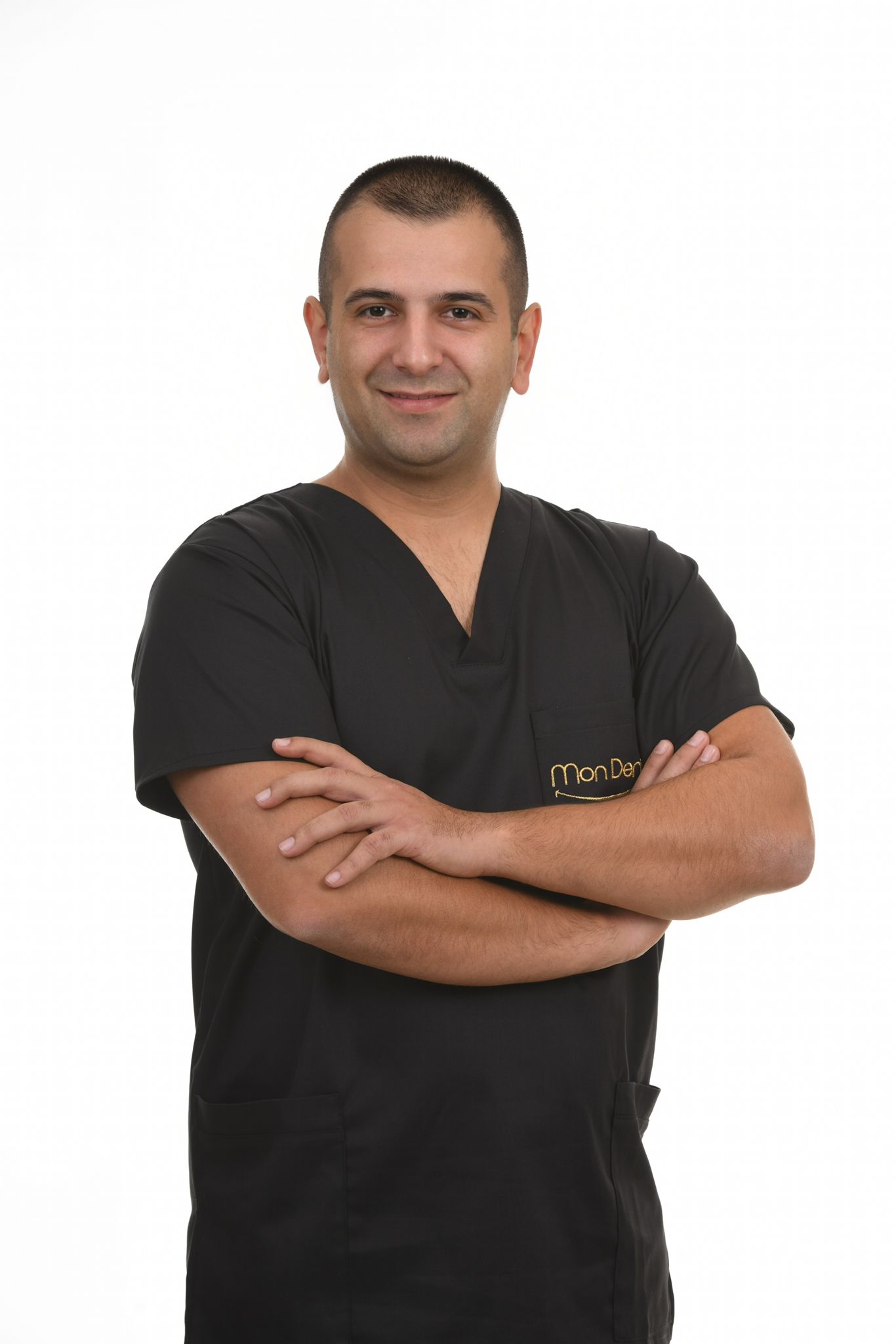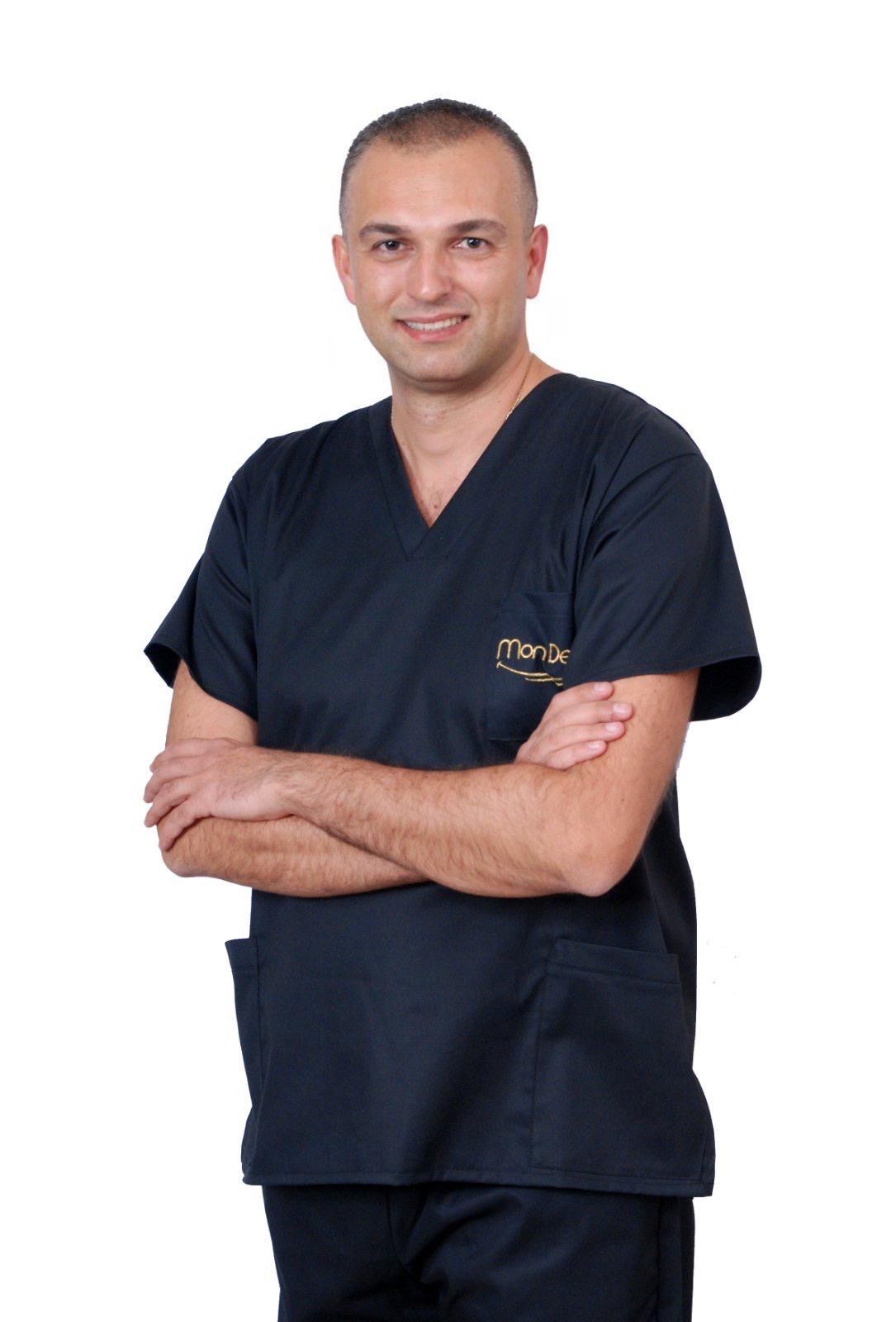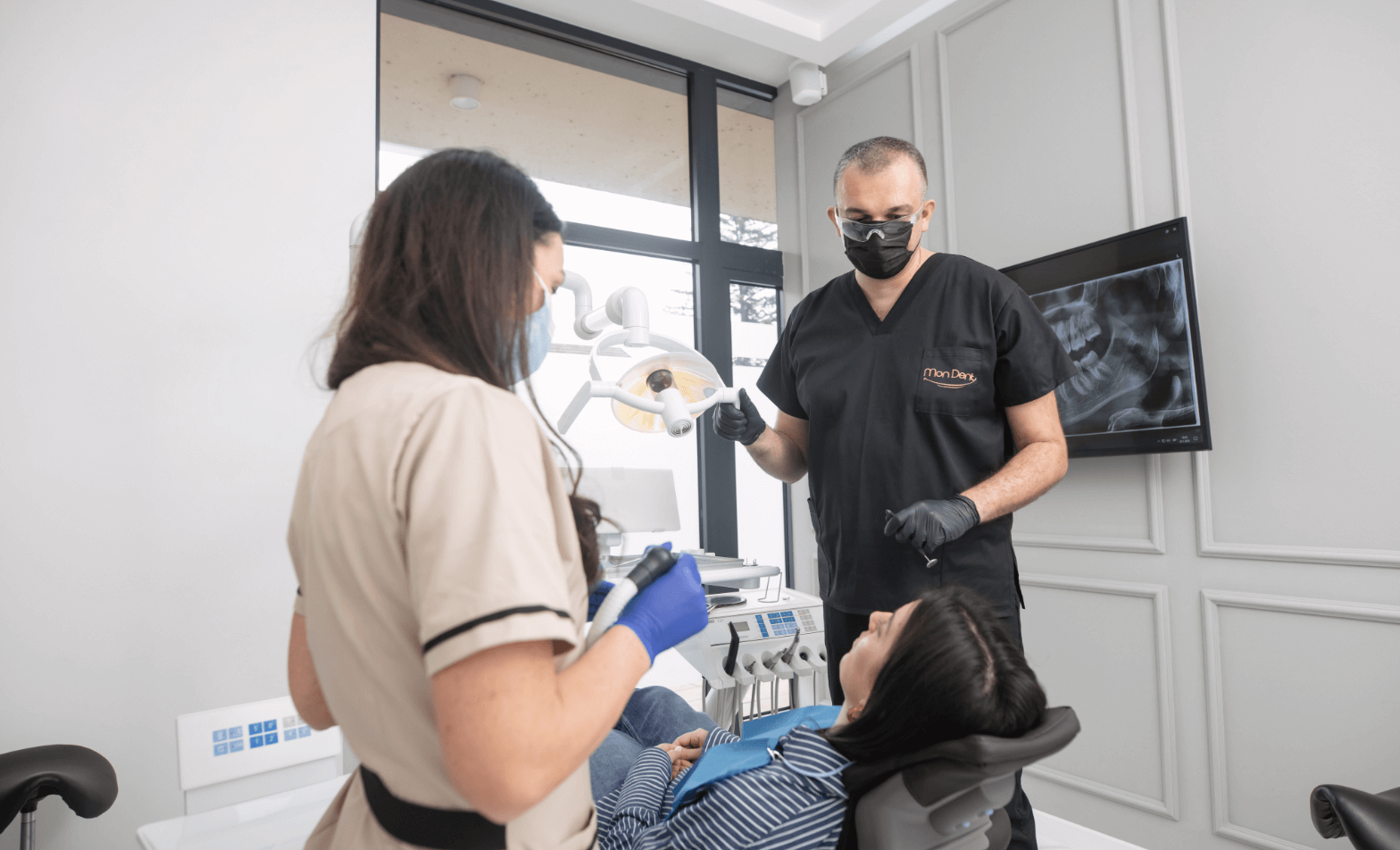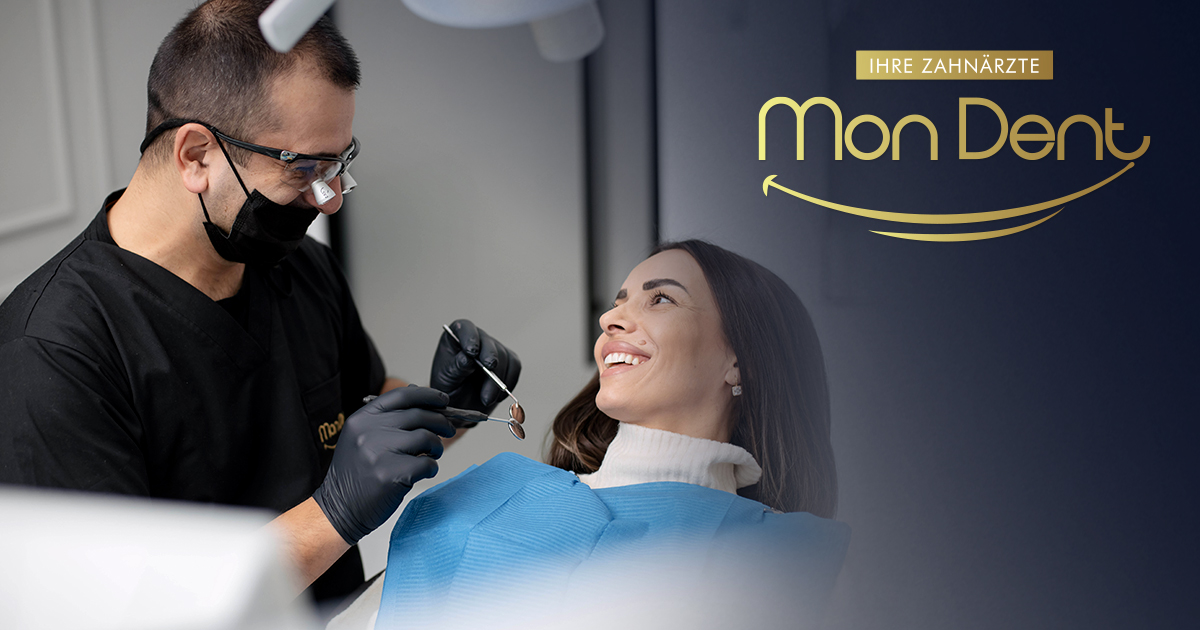Content:
- What does the tooth extraction process look like?
- Surgical tooth extraction
- Breastfeeding and tooth extraction
- Recovery phases
- Conclusion
Tooth extraction is a common dental procedure that sounds scary to many. It's true that tooth extraction can be painful, but once you become familiar with the process of tooth extraction, learn about new methods that make the extraction less painful, and learn about post-tooth extraction recovery, everything will be much easier!
MonDent dental practice strives to provide all its patients with the best and most painless treatment, and as part of oral surgery services We only have the best dentists for you! That's why we'll explain what to expect if you need to have a tooth extracted: we'll describe the tooth extraction procedure, the recovery phases, as well as practical tips for pain relief, nutrition, and hygiene after the intervention.
What does the tooth extraction process look like?
Before the procedure, the dentist will perform an examination and usually take an X-ray of the tooth to know the exact position of the root and to be sure that the tooth must be extracted. The dentist always tries to save each of your teeth and to avoid tooth extraction if there is a possibility that your current problem can be solved in another way. We recommend that you listen to the dentist's advice and trust his decision, whatever it may be, because one thing is certain - the dentist's goal is to save your teeth and for you to have a perfect smile!
Once the current and realistic condition of the tooth is determined, preparation for extraction begins. In consultation with you, local anesthesia is first administered – an injection of medication that numbs the surrounding tissue so that you do not feel any pain. Once the anesthesia takes effect, the dentist grasps the tooth with special instruments (forceps or an extractor) and gently wiggles it free, then extracts it.
In dentistry, there are several types of tooth extractions: simple extractions and complicated tooth extractions.
- Easy extraction: If the tooth is fully grown, the dentist usually grabs it with pliers and gently pulls it out of the jaw.
- Complicated extraction: If the tooth is broken, severely inflamed, or very large (e.g. wisdom tooth extraction), sometimes the crown or root is divided into parts to make it easier to remove.
Immediately after the tooth is extracted, the dentist places sterile gauze over the extraction site. This stops the bleeding and forms a blood clot that protects the wound. The gauze should be bitten firmly for about 20-30 minutes to stabilize the clot.
Throughout the entire process, the dentist is skillfully assisted by a dental nurse who is always nearby. You can always contact her if you need anything during the procedure.
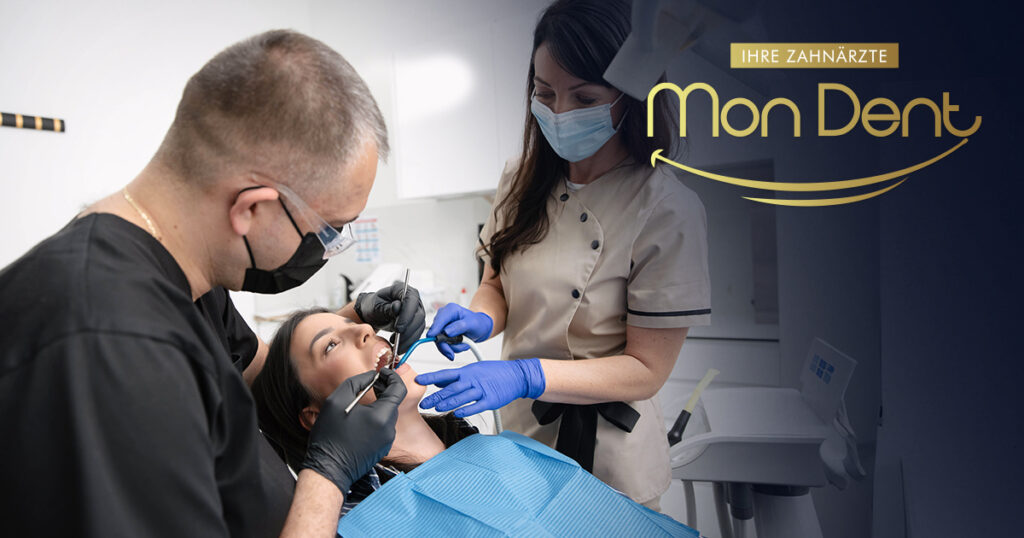
The procedure itself is usually short and painless thanks to anesthesia. In any case, the dentist's ultimate goal is to complete the tooth extraction as gently as possibleIf you have any questions or would like to schedule a tooth extraction, feel free to contact us and our staff will explain anything that is unclear to you.
Surgical tooth extraction
Sometimes it is not possible to extract a tooth with ordinary instruments – this is the case with impacted wisdom teeth or severely damaged teeth. In these situations, surgical tooth extractionDuring this procedure, a dentist or oral surgeon makes a small incision in the gum and, if necessary, removes part of the jaw bone to reach the tooth. The tooth is then extracted piece by piece.
Due to this additional manipulation, recovery may take slightly longer than with a regular extraction. After the procedure, there is often mild swelling, bruising, or dull pain in the jaw area, which usually subsides within a few days.
Your dentist may prescribe stronger painkillers and recommend that you apply cold compresses (ice wrapped in a cloth) to your cheek for the first day to reduce swelling. Absorbable stitches (which dissolve on their own in a week or two) are often placed on the gums.
It is very important that you rest for the next 1–2 days and eat softer foods at slightly warm temperatures, so that the wound heals properly and the risk of infection is minimized.
Breastfeeding and tooth extraction
If you are a breastfeeding mother and need a tooth extraction, there is no need for additional concern. Tooth Extraction can also be done during breastfeeding – just let the dentist know that you are breastfeeding. It is a good idea to schedule the extraction right after you have breastfed your baby: this way, your baby will be full and you will have a few hours to recover from the anesthesia before the next feeding.
As for painkillers, the most commonly prescribed is paracetamol (acetaminophen), which is safe for breastfeeding mothers. If your dentist determines that you need stronger analgesics or antibiotics (e.g. due to an infection), a product compatible with breastfeeding will be chosen.
In short, breastfeeding and teething are usually completely safe for your baby – just make sure your dentist is familiar with it so they can recommend the most appropriate therapy and advice.
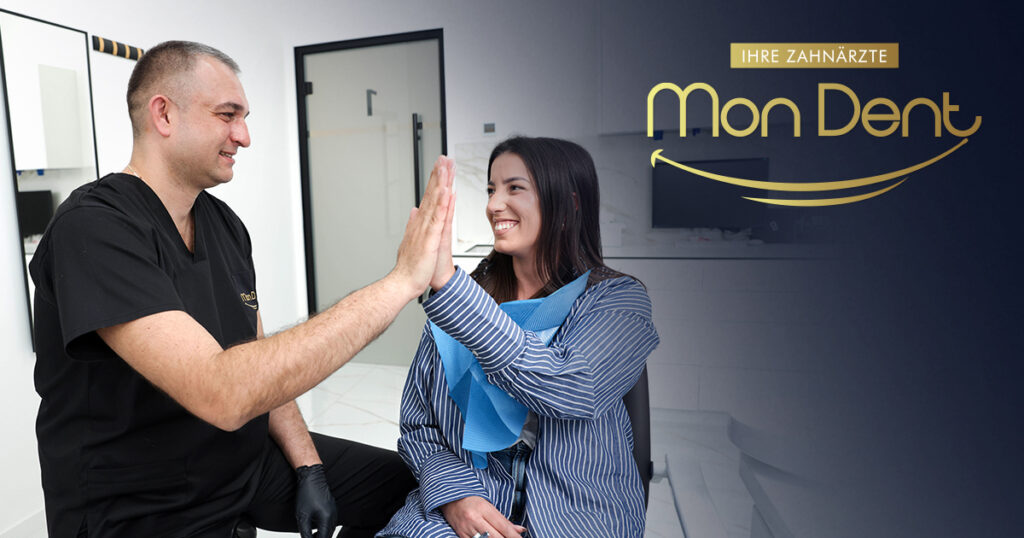
Stages of recovery after tooth extraction
After a tooth extraction, the healing process of the wound in your mouth begins. Recovery usually takes about a week or two, during which the wound gradually heals and closes. Here are some important stages and tips during recovery:
Pain and discomfort management
In the first hours and days after the extraction, it is normal to feel a slight tingling or dull pain, so this is not something to worry about. This pain usually reaches its peak on the first day and gradually subsides. To relieve the pain, take the medication recommended by your dentist - usually paracetamol or a mild non-steroidal anti-inflammatory drug (such as ibuprofen) is enough.
Tip: Avoid aspirin and similar medications for at least the first 24 hours, as they can increase bleeding.
If you feel that the pain becomes very severe after a few days or does not subside, be sure to contact your dentist. This may be a sign of a so-called summer alveoli (alveolitis), when a blood clot falls out and the exposed nerves begin to hurt. In the case of a dry socket, the dentist will gently clean the wound and apply a special dressing or gel that will quickly soothe the pain until the wound is covered again with new tissue.
Diet after tooth extraction
For the first 1–2 days after extraction, eat carefully: choose soft and cold food that is easy to chew. Ideally, the menu should include soup, porridge (mashed potatoes, oatmeal), yogurt, pudding, lukewarm tea and similar low-fat meals. Colder food (slightly chilled) has a soothing effect on the painful area.
Required avoid crunchy, tough or spicy foods during the first few days. Do not eat raw vegetables or hard snacks (hard bread, peanuts, chips), as they could damage the blood clot or irritate the wound. Also, do not suck on straws and, of course, don't smoke – because suctioning the blood can suck out the clot and slow healing. Also avoid hot drinks and alcohol for the first few days, which can cause additional irritation.
Oral hygiene
Cleaning your mouth and maintaining good hygiene is essential for a safe recovery. Avoid harsh mouthwashes or intensive brushing of the extraction site for the first 24 hours – to avoid accidentally removing a blood clot. However, you should start with light brushing the next day: brush your teeth as usual, but brush the area around the extraction site very gently.
Do not touch the wound with your fingers or tongue – this can spread bacteria or disrupt the clot. If your dentist has prescribed a gel or rinse (such as chlorhexidine), use it as directed. After each brushing or meal, just gently rinse the area and continue normal oral hygiene for the remaining teeth.
In addition to these measures, rest and avoid physical exertion for the first few days - increased exertion can raise blood pressure and cause rebleeding.
Conclusion
At MonDent dental practice, we always try to make this procedure as pleasant and painless as possible, and after the procedure, we provide you with support for a speedy recovery. If you have any additional questions or experience increased pain, contact us and schedule an appointment. We are here to support you and ensure your smile stays healthy and bright!

